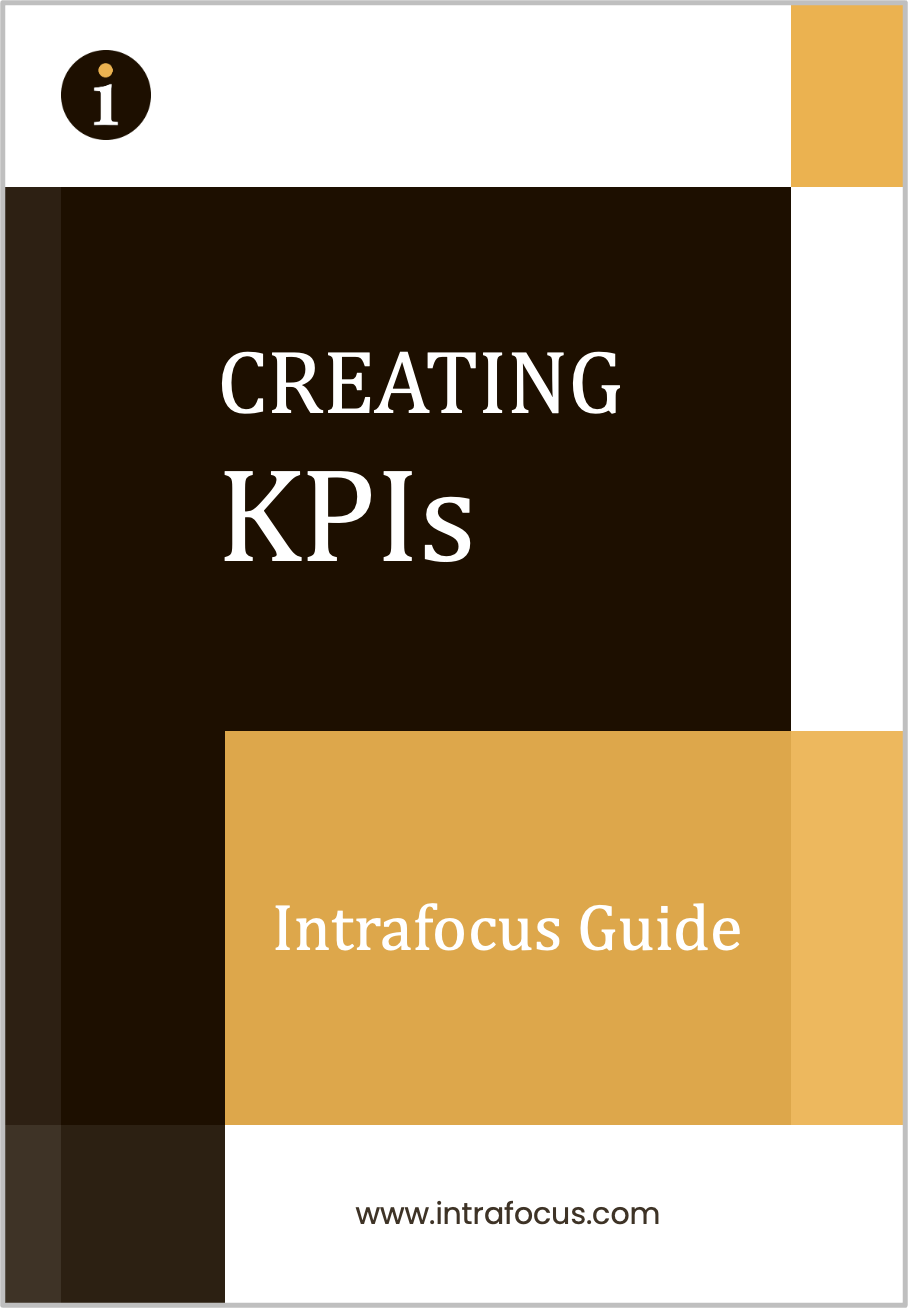We don’t have the data for that KPI – In an ideal world when measuring the results of a business objective, there should always be a directly related Key Performance Indicator (KPI). A directly related KPI will always point to the success or failure of a business objective. For example, if we take a very common strategic objective: ‘Increase company net profit’, then the KPI associated with this will be Net Profit. If the net profit goes up, we have succeeded, if it goes down, we have not. This is a directly related KPI. It is therefore always good practice to ask the question from the outset when developing KPIs for business objectives; can this objective be measured directly?
If the answer is yes, then just go ahead and describe the KPI. If a business objective cannot be measured directly or there is no actual data available, then we would normally turn to indirect KPIs that either Correlate or Contribute to its success or failure.
Correlation describes a relationship between two things. The relationship can have a positive correlation or a negative correlation. For example there is a positive correlation between ‘Brand Reputation’ and the indirect KPI of ‘Number of unsolicited requests for information’ (more requests suggest a stronger brand). There is a negative correlation between ‘Improving Safety at Work’ and the KPI ‘Number of accidents at work’ (fewer accidents suggest a safer work environment).
Correlation is a good way to create indirect KPIs but care must be taken as correlation is not an indication of causation. Just because there are fewer accidents at work does not mean that the work environment is safer. Without an understanding about the nature of the accidents, the result cannot be proven (Think about the difference between a cut finger and a fatality!)
Contribution, on the other hand, is an indicator of causation (not a predictor, just an indicator). Contribution causes us to consider factors that lead to improving the business objective. For example the KPI, ‘number of employees, as the % of the total, who have satisfactorily completed safety training’ should contribute to ‘Improving Safety at Work. There is a suggested causation here which gives the KPI more gravitas. We cannot prove this is the case until we measure the number and type of accidents at a later date, but nevertheless, all things being equal we would believe this to be the case. When looking at Contribution we should be thinking about if A and B occur then this will cause C. Or, A by itself, may be a driving factor for C.
The use of indirect KPIs is more prevalent than one might think. It is a perfectly valid way to measure progress and in some instances a better way. Contribution KPIs tend to be lead measures, that although they cannot predict a future state, they do inevitably contribute to a future state. For more information on developing meaningful KPIs we recommend our white paper: Developing Meaningful KPIs




